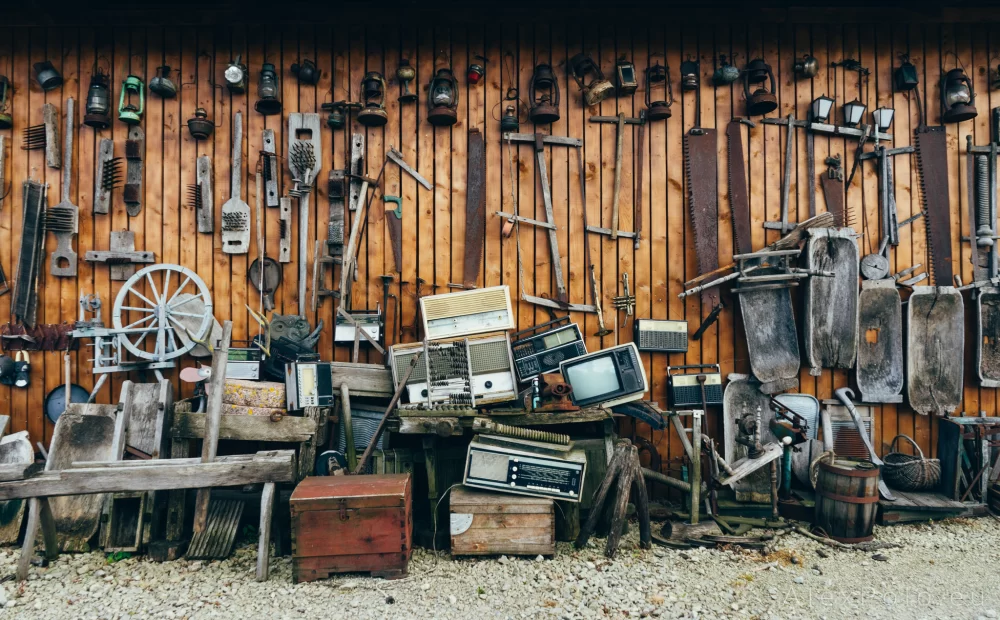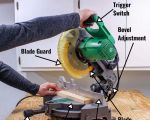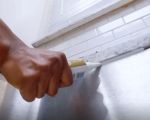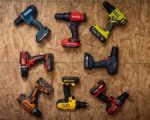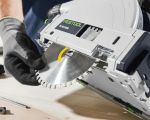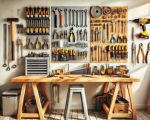- 1-importance-of-sharpening-tools-at-home
- 2-basic-tool-sharpening-methods
- 3-step-by-step-sharpening-process
- 4-common-tools-to-sharpen-and-how
- 5-tips-for-maintaining-sharpness-longer
- 6-real-life-experience-in-tool-sharpening
- 7-toolnest-for-quality-sharpening-products
1. Importance of Sharpening Tools at Home
Knowing how to sharpen tools at home is an essential skill for any DIY enthusiast or professional. Sharp tools improve efficiency, safety, and the quality of your work. Dull blades require more effort, increase the risk of injury, and can damage materials.
Regularly maintaining your tools’ sharpness also extends their lifespan, saving money on replacements. Home sharpening empowers you to keep your tools in top condition without costly trips to professional services.
2. Basic Tool Sharpening Methods
There are several common methods for sharpening tools at home, each suited to different types of blades and tools. The most popular include using sharpening stones (whetstones), diamond sharpeners, honing rods, and electric sharpeners.
Sharpening stones offer versatility and precision, allowing you to manually control the angle and pressure. Diamond sharpeners are durable and effective for harder metals, while honing rods are great for maintaining already sharp edges.
3. Step-by-Step Sharpening Process
Mastering a systematic approach is key to effective sharpening. Begin by cleaning the tool to remove debris. Next, choose the appropriate sharpening medium and maintain a consistent angle—usually between 15 and 25 degrees depending on the tool.
Use smooth, even strokes across the sharpening surface, alternating sides to maintain symmetry. After sharpening, use a honing rod or fine stone to polish the edge and remove burrs. Finish by wiping the tool clean and applying a light coat of oil to prevent rust.
4. Common Tools to Sharpen and How
Common household and workshop tools benefiting from sharpening include kitchen knives, garden shears, chisels, axes, and scissors. For example, kitchen knives require a fine grit stone and precise angle control, while axes need more robust stones and careful attention to bevel shape.
Each tool demands specific techniques; understanding these nuances improves results and tool longevity.
5. Tips for Maintaining Sharpness Longer
Beyond sharpening, proper tool care helps maintain sharpness. Store tools properly to avoid damage, clean them after use, and avoid cutting inappropriate materials that dull blades faster.
Regular light honing can keep edges sharp between full sharpening sessions. Awareness of tool wear and timely maintenance prevents deterioration and improves performance.
6. Real-Life Experience in Tool Sharpening
John, a woodworking hobbyist, shared how learning how to sharpen tools at home transformed his craft. Initially frustrated with dull blades slowing his progress, John invested time in mastering sharpening stones and techniques. His improved tool maintenance led to cleaner cuts, faster work, and greater satisfaction.
Stories like John’s highlight how accessible and rewarding home sharpening can be with patience and the right guidance.
7. ToolNest for Quality Sharpening Products
For those looking to start or upgrade their sharpening setup, ToolNest offers a wide range of quality sharpeners, stones, and accessories. Their expert-curated selections help you find the right products suited to your tools and skill level.
Using reliable equipment from ToolNest ensures effective sharpening results and supports your journey in maintaining sharp tools at home with confidence.

